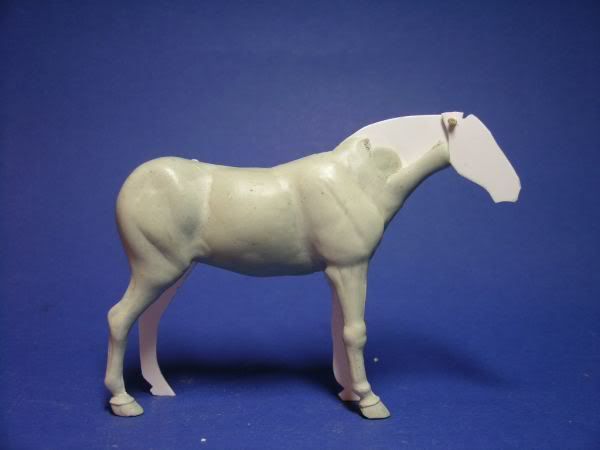Medieval knight's horse all depends of time period and geographical distribution
the period of more or less 800 AD and 1492 saw tremendous change in animal husbandry, weapons, armor, and types of tactcits used that affected the appeareance of the horse. Prior to the crusades the horses would have been of various sizes, perhaps between 130-145cm at withers, reflecting the needs of then warriors on the battlefield and hunt, but also reflecting the relative poverty (quality) of Western Europe as far as the horse flesh is concerned. Crusades changed everything, in terms of tactics, better breeding and better stallions being accessible to the European knights. (please note that the Alanian, Georgian, Byzantine, Armenian, Turkish and Mongolian heavier-noble warriors rode refined horses - from the Balkans, Asia Minor, Central Asia and Iran - eg. Turkoman, Akhal-Teke, averaging 150-155cm at withers)
Especially after 1200 AD you have coming of the highly specialized knightly warhorse used only for war and tournaments in most of Europe east of the Lithuanians and Mongol dominated lands of today's Bielarus, Russia, Ukraine etc.
generally, this warhorse -destrier would have been a muscular, robust animal, usually a stallion - measuring between 145cm to 155cm at withers (perhaps there were some larger destiers but according to the archeologists this would have been highly unusual) with Roman-nose head, arched neck, short back and very strong bone structure. Northern European destier - especially bred by the Teutonic Knights - would have been a little larger (heavier) than the southern European. Generally I think a nice muscular hunter type of modern horse can be used as a model for such creation.
Royal Armouries at Leeds tried their horse armour dated from 15-17th centuries on so called Lithuanian draft (150-155cm at withers), and the armour fit these horses so well that they made their generic horse statue (to display of their amour collection ) after one of these horses.
Going south (Iberian lands, Italy, Balkan lands) or south east (Hungarian Kingdom) horses probably would change into an animal with more eastern, Persian, Arab, and Barb, influences in their conformation - or perhaps look more like a heavier version of the today Iberian horses - Lusitano or Andalusian etc. Please note that means straight profile or Roman nose profile for the head as well.
Oklahoma University has a nice website where you can browse the many kinds of breeds
http://www.ansi.okstate.edu/breeds/horses/
examples of your knightly horse model height in a scale 1:32 sizes can be given as follows (height at withers) 155cmm - 4.83cm, 150cm - 4,67cm, 145cm - 4,53cm.
hope it explains a little















